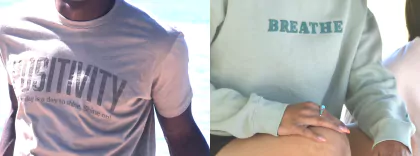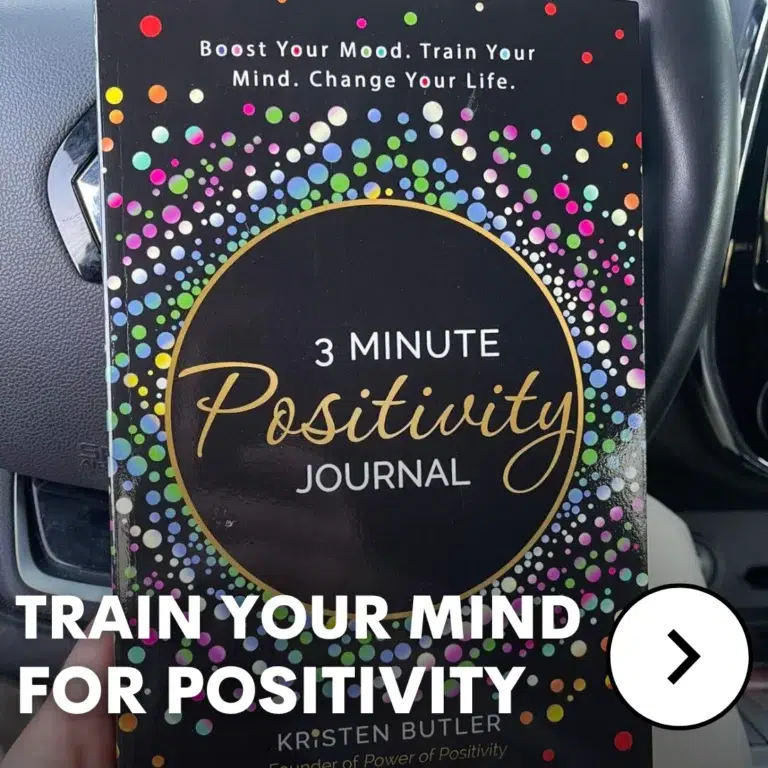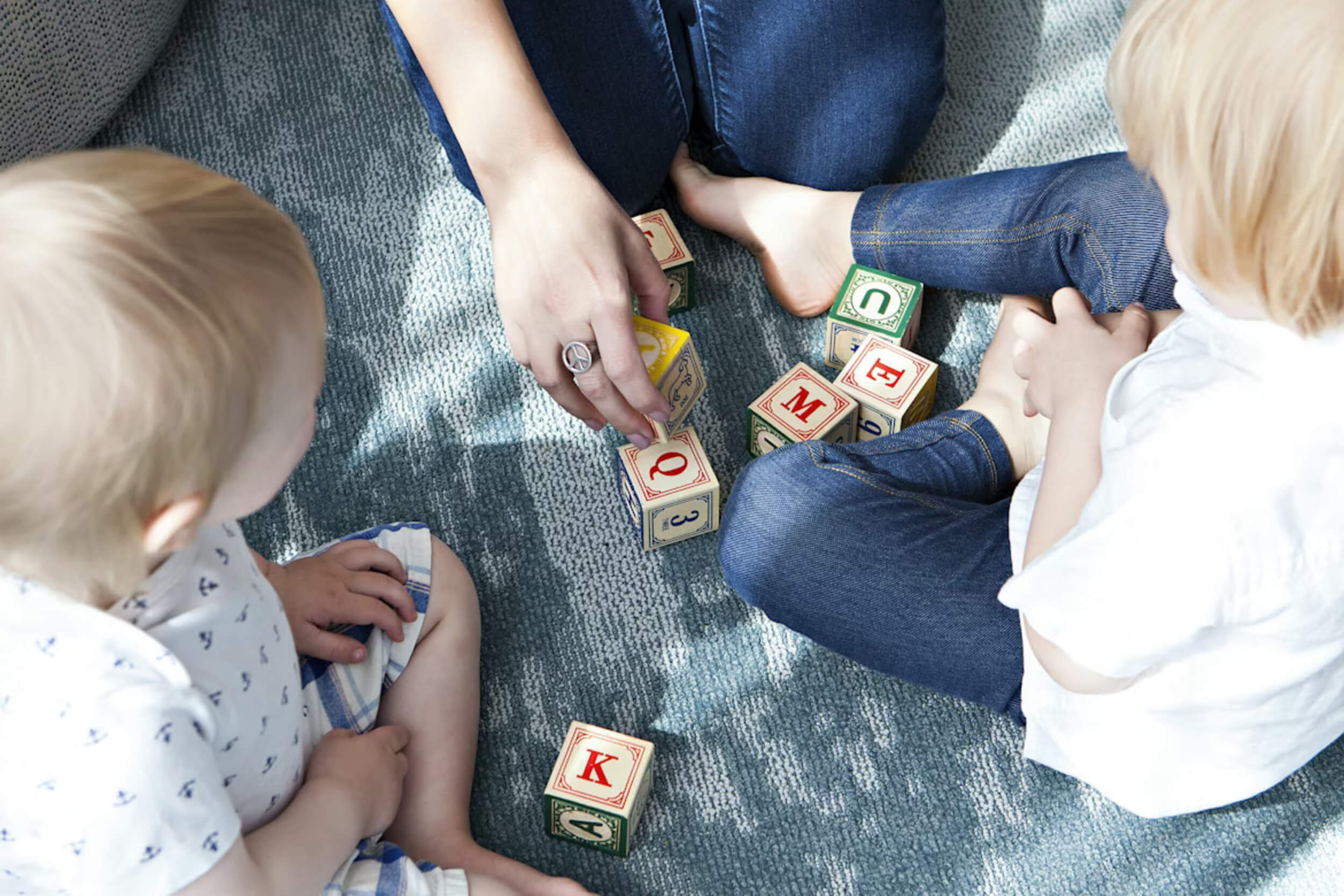Routines feel good because they keep life steady. You know what to expect, and there are no surprises. But when every day looks the same, that comfort can quietly hold you back. It keeps you safe, yes, but it also keeps you from growing into more.
Safe isn’t always the same as happy. Feeling safe means you’re secure. Feeling stuck means you’re no longer moving forward. Many people mistake one for the other and end up living years in a loop without realizing they’ve stopped progressing.
Real change doesn’t come from staying where it feels easy. It comes from making small moves that stretch you a little further each time. Breaking the comfort zone isn’t about risky leaps. It’s about choosing steady steps that spark real progress—and those steps can completely shift how you see yourself and what’s possible.
Understanding the Comfort Zone
Most people think of the comfort zone as a safe bubble. It’s made of habits, routines, and places where effort feels easy. Nothing feels threatening there, but nothing new happens either.
Psychologists say people cling to safety because the brain is wired to avoid risk. Staying in familiar territory keeps stress low, but it also blocks growth. The comfort zone offers peace, yet it often turns into a fence that limits what’s possible.
Growth happens in two other areas:
- The fear zone: where self-doubt and excuses show up. Many stop here and retreat.
- The growth zone: where new skills, confidence, and progress are built.
When you understand these zones, it’s easier to see why leaving comfort matters. Moving forward requires steps that spark real progress, even if they feel uncomfortable at first.
Why Growth Demands Discomfort
Progress doesn’t come from doing what’s easy. It comes from friction—the little challenges that stretch you. Just like muscles get stronger after a workout, the mind grows tougher after facing stress in small, healthy amounts.
Science calls this “stress inoculation.” When you deal with controlled stress—like a big presentation or learning a new skill—you adapt. Your body and brain adjust, making the next challenge less scary.
Everyday life shows this clearly:
- A worker who takes on harder projects gains confidence and new opportunities.
- Someone who trains for a race learns discipline and endurance.
- A person who speaks up more often builds better relationships.
Each example proves that discomfort isn’t the enemy. It’s the teacher. And by leaning into it, you create steps that spark real progress that can last a lifetime.
Mindset Shifts That Open New Doors
Fear often feels like a stop sign, but it can be read as a signal. When something makes you nervous, it usually means growth is waiting on the other side.
Failure also needs a new definition. Instead of treating it as proof you’re not good enough, look at it as feedback. Each mistake gives clues on what to do better next time.
People often get stuck chasing only results. Shifting focus toward the process—the learning, the small wins—takes away pressure. It makes challenges easier to handle because the value is in the progress, not just the outcome.
Curiosity is another tool. When you ask questions and stay open to learning, hesitation shrinks. Curiosity turns “What if I fail?” into “What can I learn?” That switch alone can push you into action.
These mindset changes are powerful because they lower the weight of fear and failure. Once you see them differently, the road ahead feels less blocked. And from there, it’s easier to take steps that spark real progress.
Mindset reminders:
- Fear = sign of opportunity.
- Failure = feedback, not shame.
- Process > outcome.
- Curiosity > hesitation.
Practical Moves to Step Beyond Comfort
Growth doesn’t just happen—it takes action. The good news is, the actions don’t need to be extreme. Small, steady moves lead to lasting results.
1. Start with Small Leaps
- Try one new thing daily, like talking to a stranger or testing a new skill.
- Tiny risks pile up and build resilience.
2. Experiment in Daily Life
- Change your routine: take a new route, eat different foods, or sign up for a class.
- New habits open doors to fresh ideas.
3. Build Accountability Structures
- Share your goals with friends, family, or mentors.
- Having someone check in keeps you from sliding back.
4. Use Discomfort Training
- Controlled challenges like cold showers, fitness drills, or speaking in public train your brain to handle stress.
- They build courage in safe, repeatable ways.
These practical habits prove that growth isn’t about wild risks. It’s about building tolerance for challenge. And each one represents steps that spark real progress—changes that stick because they’re simple, repeatable, and motivating.
The Long-Term Payoff of Stretching Yourself
Confidence grows each time you step out and prove you can handle more. That proof builds resilience, and resilience fuels future success.
The benefits also show up in real life:
- Career: new skills bring better roles and higher pay.
- Creativity: new ideas flow when you try different experiences.
- Relationships: connections deepen when you’re willing to be open and honest.
Progress is like compound interest. One choice builds on another, creating momentum that keeps you moving. What once felt scary starts to feel natural. And with each step, the comfort zone expands.
That cycle is why choosing steps that spark real progress is never wasted—it’s an investment in every part of life.
Final Thoughts on Breaking Free and Moving Forward
Breaking free doesn’t mean taking giant leaps overnight. It’s the small, consistent actions that matter most. Each one stretches your limits just enough to keep you moving.
Discomfort feels uneasy, but that’s the sign you’re growing. Safe might feel steady, but it doesn’t bring new chances. The choice to stretch yourself is the choice to move forward.
Progress starts with one step, not ten. And when you choose steps that spark real progress, you create a life that feels fuller, braver, and more rewarding than staying in the same place.















